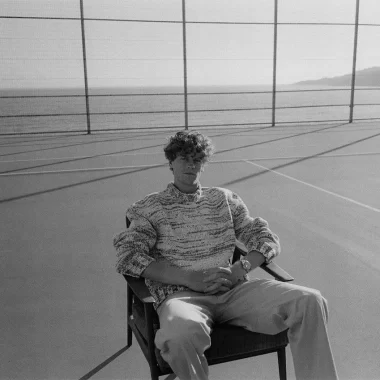Catalan artist Rosalía presents ‘Lux’, a musical journey of transformation infused with orchestral textures and international guest stars.
After months of speculation and cryptic leaks, Rosalía has finally unveiled all the details of ‘Lux’, her upcoming record set for release on 7 November via Columbia Records. Far from repeating the ‘Motomami’ formula, the Catalan artist embarks on a conceptual and symphonic journey, recorded with the London Symphonic Orchestra and produced by herself.
Divided into four movements like a contemporary opera, ‘Lux’ promises an emotionally charged experience where intimacy and mysticism merge. “It’s a work about transformation, feminine mystery and transcendence,” states the press release, which also highlights the fusion of culture, language and sound as its narrative axis.
The album will feature stellar collaborations from Björk, Yves Tumor, Carminho, Estrella Morente, Silvia Pérez Cruz, and Yahritza, as well as contributions from the Escolania de Montserrat and the Cor Cambra del Palau de la Música Catalana. Although it’s not yet clear which artists appear on which tracks, anticipation builds around titles such as ‘Dios es un Stalker’, ‘Sexo, Violencia y Llantas’, ‘Porcelana’, ‘Divinize’, and ‘La Rumba del Perdón’.
The digital edition will include 15 tracks, while the physical version will feature 18, including exclusives such as ‘Focu ‘Ranni’, ‘Jeanne’, and ‘Novia Robot’. The album cover, revealed through a striking billboard in Times Square, shows Rosalía draped in a white veil against a sky-blue background, with the title ‘LUX’ repeated in a classic serif font.
Since ‘Motomami’, the artist has released singles like “Tuya”, “LLYM” and “Oral” with Björk, along with the joint EP ‘RR’ with Rauw Alejandro. More recently, she’s appeared on “New Woman” with Lisa and “Omega” with Ralphie Choo. But ‘Lux’ marks a turning point: a new artistic chapter where vulnerability and strength coexist to the rhythm of strings, choirs and avant-garde sound.






